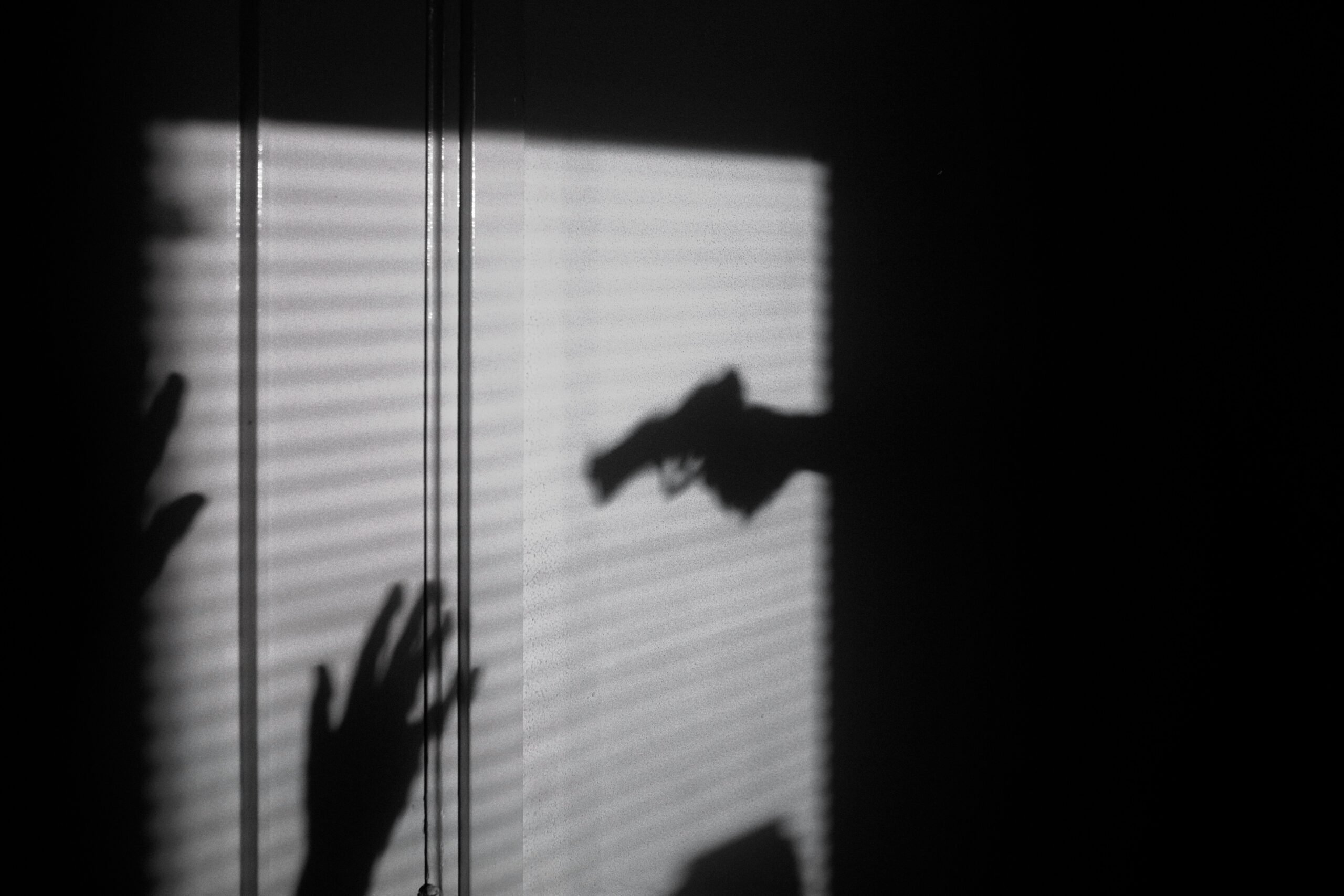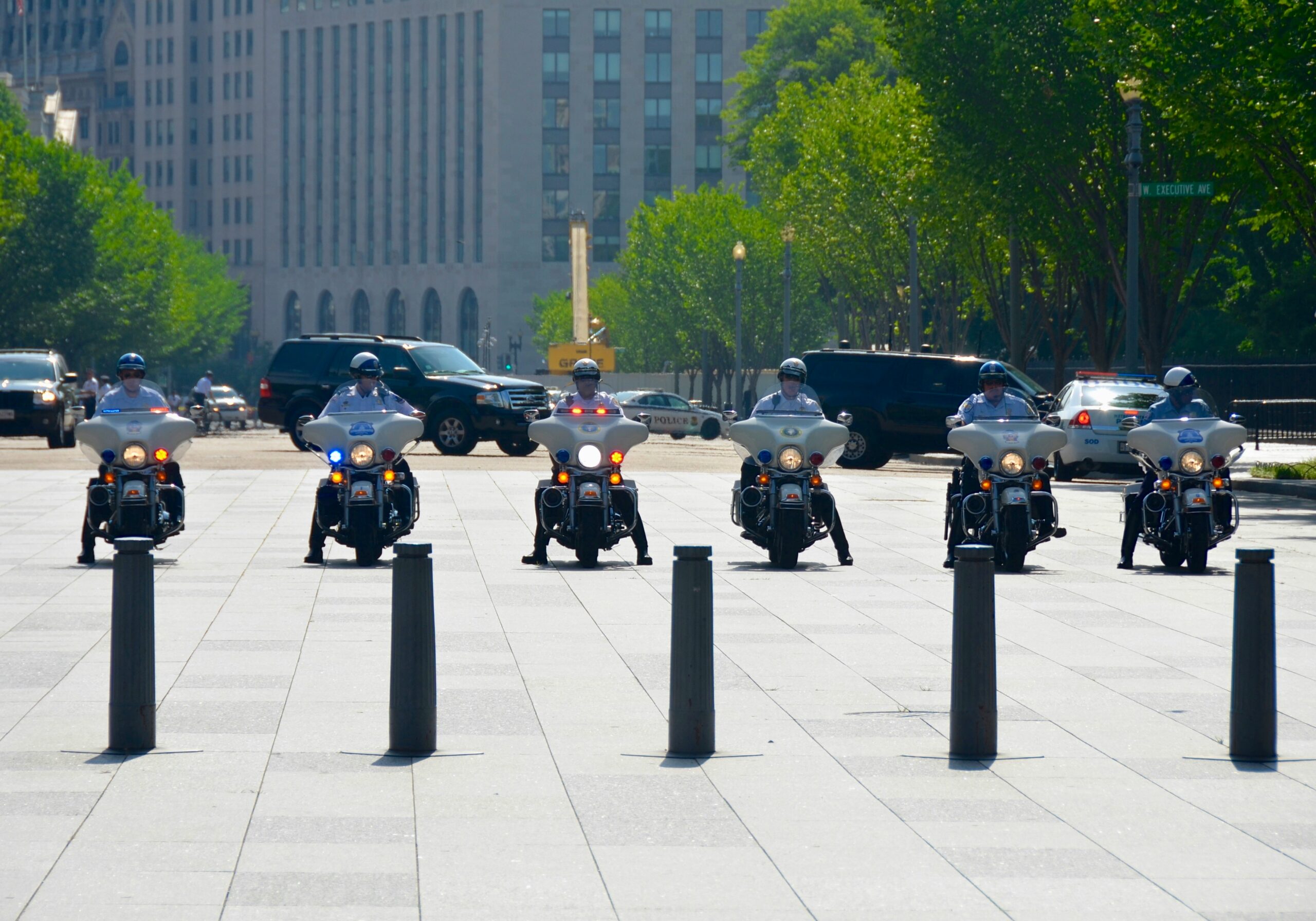Introduction to Bastille Day
Bastille Day, known in France as “La Fête Nationale,” is celebrated annually on July 14th. This day holds profound historical significance as it commemorates the storming of the Bastille prison in 1789, a pivotal event that ignited the French Revolution. The storming of the Bastille symbolized the end of the absolute monarchy and the birth of a republic, embodying the values of liberty, equality, and fraternity that are foundational to modern France.
Over the years, Bastille Day has evolved from a historical milestone into a day of national pride and celebration. Across France, the day is marked by a series of grand festivities, including vibrant parades, spectacular fireworks displays, and communal gatherings. The largest and most prominent parade takes place on the Champs-Élysées in Paris, featuring military displays and attended by the French President and other dignitaries. Fireworks illuminate the night sky, creating a festive atmosphere that resonates with both locals and visitors.
Bastille Day is not only a celebration of France’s revolutionary past but also a reflection of its contemporary identity. It brings together people from different walks of life to celebrate their shared heritage and values. The communal spirit of the day is palpable, with public squares and parks filled with people enjoying picnics, concerts, and various cultural activities.
This vibrant and unifying celebration sets the stage for the tragic events that unfolded in Nice on July 14th, 2016. As people gathered to partake in the festivities, the day which began with joy and unity was marred by an attack that would forever be etched in the collective memory of the nation. This juxtaposition of celebration and tragedy highlights the enduring resilience of the French spirit.
The Events Leading Up to the Attack
On the evening of July 14, 2016, the city of Nice, France, was enveloped in a festive atmosphere as residents and tourists alike congregated on the Promenade des Anglais to celebrate Bastille Day. The national holiday, marking the anniversary of the French Revolution, is celebrated with fervor across the country, and Nice was no exception. Families, friends, and visitors from various parts of the world gathered to enjoy the traditional fireworks display, creating a sense of unity and joy among the crowd. The promenade, known for its scenic views of the Mediterranean Sea, became a central hub for these celebrations.
Security measures had been put in place to ensure the safety of the attendees. Barricades were set up to control the flow of the crowd, and police presence was visibly heightened. Authorities were vigilant, mindful of recent global security concerns, and had implemented strategies to mitigate potential threats. Despite these precautions, the overall mood was cheerful and relaxed, as people were engrossed in the festivities and the anticipation of the fireworks.
As the evening progressed, the crowd’s excitement grew. Children played, couples strolled hand in hand, and groups of friends chatted animatedly. Vendors sold refreshments and souvenirs, adding to the vibrant atmosphere. The sky gradually darkened, signaling the imminent start of the fireworks display, which was the highlight of the evening. The Promenade des Anglais was packed with spectators eager to witness the spectacular show, unaware of the impending tragedy that would soon unfold.
This moment of communal celebration and joy was abruptly shattered by an unthinkable act of violence. The attack that ensued on this otherwise peaceful evening left an indelible mark on the city and its people, transforming a day of national pride into one of profound sorrow.
The Attack Unfolds
On the evening of July 14, 2016, as the city of Nice, France, celebrated Bastille Day with a fireworks display, an unimaginable tragedy struck. At approximately 10:30 PM, the atmosphere of joy and festivity was shattered when a 19-ton cargo truck, driven by Mohamed Lahouaiej-Bouhlel, plowed through the crowd gathered on the Promenade des Anglais. The attacker’s vehicle accelerated into the throng of revelers, transforming the festive scene into one of horror and devastation.
The initial moments were marked by sheer pandemonium. Eyewitnesses recounted the harrowing sight of the massive truck barreling through the dense crowd, leaving a trail of destruction and chaos in its wake. Screams of panic filled the air as people scrambled to flee the path of the oncoming vehicle. The immediate impact was catastrophic, with dozens of individuals struck down by the truck, resulting in instant fatalities and numerous severe injuries.
In the ensuing chaos, law enforcement and emergency services sprang into action. Police officers on the scene attempted to stop the truck, opening fire on the vehicle in a desperate bid to halt its deadly progression. The attacker continued his rampage for approximately 1.2 miles along the promenade before being neutralized by the police. The attacker’s movements were deliberate and calculated, with the sole intent of inflicting maximum harm on the unsuspecting crowd.
Emergency medical teams, already on standby for the Bastille Day event, swiftly mobilized to administer aid to the wounded. The scale of the carnage presented a daunting challenge, with medics prioritizing the most critically injured. Eyewitness accounts depicted scenes of heroism and solidarity amidst the chaos, as strangers helped one another to safety, and first responders worked tirelessly to save lives.
The immediate response from law enforcement and emergency services, though rapid, could not mitigate the profound loss and trauma experienced that night. The attack claimed 86 lives and left 458 others injured, marking one of the deadliest terrorist incidents in France’s recent history. The events of that fateful night are etched in the collective memory of the nation, a somber reminder of the fragility of peace and the ever-present threat of terror.
Immediate Aftermath and Emergency Response
In the moments following the Bastille Day attack in Nice, France, on July 14, 2016, the immediate aftermath was marked by chaos and urgency. First responders, including police officers, firefighters, and medical personnel, swiftly mobilized to address the situation. Their rapid deployment was critical in managing the crisis and providing necessary assistance to the victims.
Upon arrival, the first responders were confronted with a scene of devastation. The attack, carried out using a 19-ton truck that plowed through crowds celebrating Bastille Day on the Promenade des Anglais, resulted in a high number of casualties. 86 people were killed, and over 400 were injured, ranging from minor injuries to severe, life-threatening conditions. The sheer scale of the attack posed significant challenges for the emergency teams.
The emergency response was multifaceted. Medical teams set up triage stations on-site to provide immediate care to the injured and to prioritize those in critical condition for transport to nearby hospitals. Ambulances were dispatched in large numbers, and additional medical staff were called in to handle the influx of patients. Hospitals in the region were quickly overwhelmed, necessitating the transfer of some patients to facilities in other cities.
Police and security forces worked tirelessly to secure the area, ensuring that there were no further threats and that the injured could be safely evacuated. They also began the initial stages of the investigation, gathering evidence and coordinating with national and international agencies to understand the scope and motive behind the attack.
The public and governmental reactions to the attack were swift and profound. President François Hollande declared a state of emergency and extended it by three months, emphasizing the need for heightened security measures. The French public was in shock, and vigils and memorials were held across the country to honor the victims. The attack also prompted discussions on national security policies and the need for continued vigilance against terrorism.
Investigation and Identification of the Attacker
Following the tragic Bastille Day attack in Nice, France, an intensive investigation was launched by French law enforcement agencies in collaboration with international partners. The primary objective was to uncover the identity and background of the perpetrator, as well as to determine any connections he may have had with terrorist organizations.
The attacker was identified as Mohamed Lahouaiej-Bouhlel, a 31-year-old Tunisian resident of France. Lahouaiej-Bouhlel had a history of petty crime and was known to the police for various offenses, including theft and domestic violence, but he had not been flagged for any terrorist activities prior to the attack. His radicalization appeared to have been swift and recent, which initially made it difficult for law enforcement to detect any signs of an impending attack.
Investigators delved into Lahouaiej-Bouhlel’s personal life and digital footprint, uncovering evidence of his interest in violent jihadist propaganda. However, there was no concrete evidence that he had direct ties to any established terrorist groups such as ISIS or Al-Qaeda. Despite this, ISIS claimed responsibility for the attack, labeling Lahouaiej-Bouhlel as one of their “soldiers,” though this claim was met with skepticism by some experts due to the lack of direct affiliation.
French authorities worked closely with international intelligence and law enforcement agencies to piece together Lahouaiej-Bouhlel’s activities and contacts leading up to the attack. This cooperation was crucial in mapping out any potential networks and in preventing further incidents. Several individuals in Lahouaiej-Bouhlel’s immediate circle were detained for questioning, and some were arrested on suspicion of aiding or abetting the attack. These efforts underscored the critical importance of cross-border collaboration in combating terrorism.
Impact on France and Global Reactions
The Bastille Day attack in Nice, France, which tragically claimed the lives of 86 individuals, resonated deeply within the nation and throughout the world. In the immediate aftermath, France entered a period of profound national mourning. Public tributes were held across the country, with vigils, moments of silence, and memorials dedicated to the victims. The French government declared three days of national mourning, an emblem of the collective grief and solidarity of the French people.
Global reactions were swift and emphatic. World leaders expressed their condolences and condemned the attack. Former U.S. President Barack Obama stated, “We stand in solidarity and partnership with France, our oldest ally, as they respond to and recover from this attack.” German Chancellor Angela Merkel also conveyed her sympathy, noting that “Germany stands in the fight against terrorism alongside France.” These statements echoed a common theme of unity and resilience in the face of terrorism.
International media provided extensive coverage of the attack, highlighting the global community’s support for France. Major news outlets across the world reported on the events, with a focus on the human stories behind the tragedy and the international solidarity that emerged. This widespread coverage brought attention to the shared threat of terrorism and the importance of global cooperation in confronting it.
The attack significantly influenced global counter-terrorism efforts. Governments around the world reassessed their security measures, leading to increased vigilance and the implementation of more stringent safety protocols at public events. The European Union and other multinational organizations intensified their collaborative efforts to combat terrorism, emphasizing the need for intelligence sharing and coordinated responses.
The Bastille Day attack not only marked a somber day in France’s history but also served as a stark reminder of the persistent threat of terrorism. The global community’s reaction underscored the necessity of international solidarity and cooperation in addressing and preventing such atrocities.
Changes in Security Measures
The Bastille Day attack in Nice, France, which claimed the lives of 86 individuals, prompted significant changes in security measures both within France and globally. In the aftermath, French authorities swiftly introduced comprehensive security reforms aimed at preventing similar tragedies. Enhanced surveillance, increased police presence, and the deployment of military personnel at public events became standard practice. These measures were not confined to France alone; many other countries adopted similar protocols, reflecting a global shift towards more stringent safety precautions.
Public events and celebrations have undergone substantial transformations due to these heightened security measures. Organizers now face rigorous scrutiny, with detailed security plans required for approval. This includes the implementation of physical barriers, such as concrete blocks and metal detectors, to prevent unauthorized vehicle access. Additionally, event attendees are subject to thorough bag checks and must often pass through multiple layers of security screening.
The introduction of these new security protocols has sparked an ongoing debate about the balance between safety and civil liberties. Critics argue that the increased surveillance and policing infringe on personal freedoms and privacy. They contend that such measures can create an atmosphere of fear and mistrust, potentially alienating the public. Conversely, proponents, including many security experts and policymakers, assert that these steps are necessary to ensure public safety in the face of evolving threats.
Security experts emphasize that the landscape of public safety has fundamentally changed. “In today’s world, the risk of attacks at public gatherings is a reality we must address,” states Jean-Marc Falcone, a former French police chief. Policymakers echo this sentiment, advocating for a balanced approach that safeguards both security and civil liberties. They stress the importance of transparent communication with the public to foster cooperation and understanding.
Ultimately, the Bastille Day attack has led to a reevaluation of how societies protect their citizens while respecting individual rights. The measures implemented aim to create a secure environment that allows people to participate in public events with confidence, ensuring that such tragic incidents are less likely to occur in the future.
Remembering the Victims and Moving Forward
On July 14, 2016, the city of Nice, France, experienced a harrowing tragedy as a terrorist attack claimed the lives of 86 innocent individuals. The memory of this day continues to resonate deeply within the community and beyond, serving as a somber reminder of the fragility of life and the enduring impact of senseless violence. In the aftermath of the attack, numerous memorials and tributes have been established to honor the victims and provide solace to their grieving families.
In Nice, a permanent memorial stands as a poignant tribute to those who lost their lives. This memorial, adorned with flowers, photographs, and personal mementos, offers a space for reflection and remembrance for both locals and visitors. Annual commemorative events also take place, fostering a sense of unity and collective mourning. These gatherings are not just about remembering the past but also about reaffirming the strength and resilience of the community.
Globally, tributes have poured in from nations and individuals, emphasizing the shared grief and solidarity in the face of terrorism. Vigils, moments of silence, and artistic expressions have all contributed to a worldwide acknowledgment of the tragedy and a collective stand against such acts of violence. These acts of remembrance play a crucial role in healing and underscore the importance of international cooperation in combating terrorism.
Support for the survivors and affected families has been a cornerstone of the response to the attack. Psychological counseling, financial assistance, and community support programs have been instituted to help those grappling with the aftermath. The resilience of the survivors and the affected families is a testament to human fortitude and the power of communal support.
The events of July 14, 2016, have also influenced national and international policies, prompting a reevaluation of security measures and counter-terrorism strategies. The attack has left an indelible mark on collective memory, serving as a sobering reminder of the ongoing threat of terrorism and the need for vigilance and solidarity. As we remember the victims and support the survivors, we also commit to fostering a world where such tragedies are less likely to occur, through resilience, unity, and unwavering resolve.



